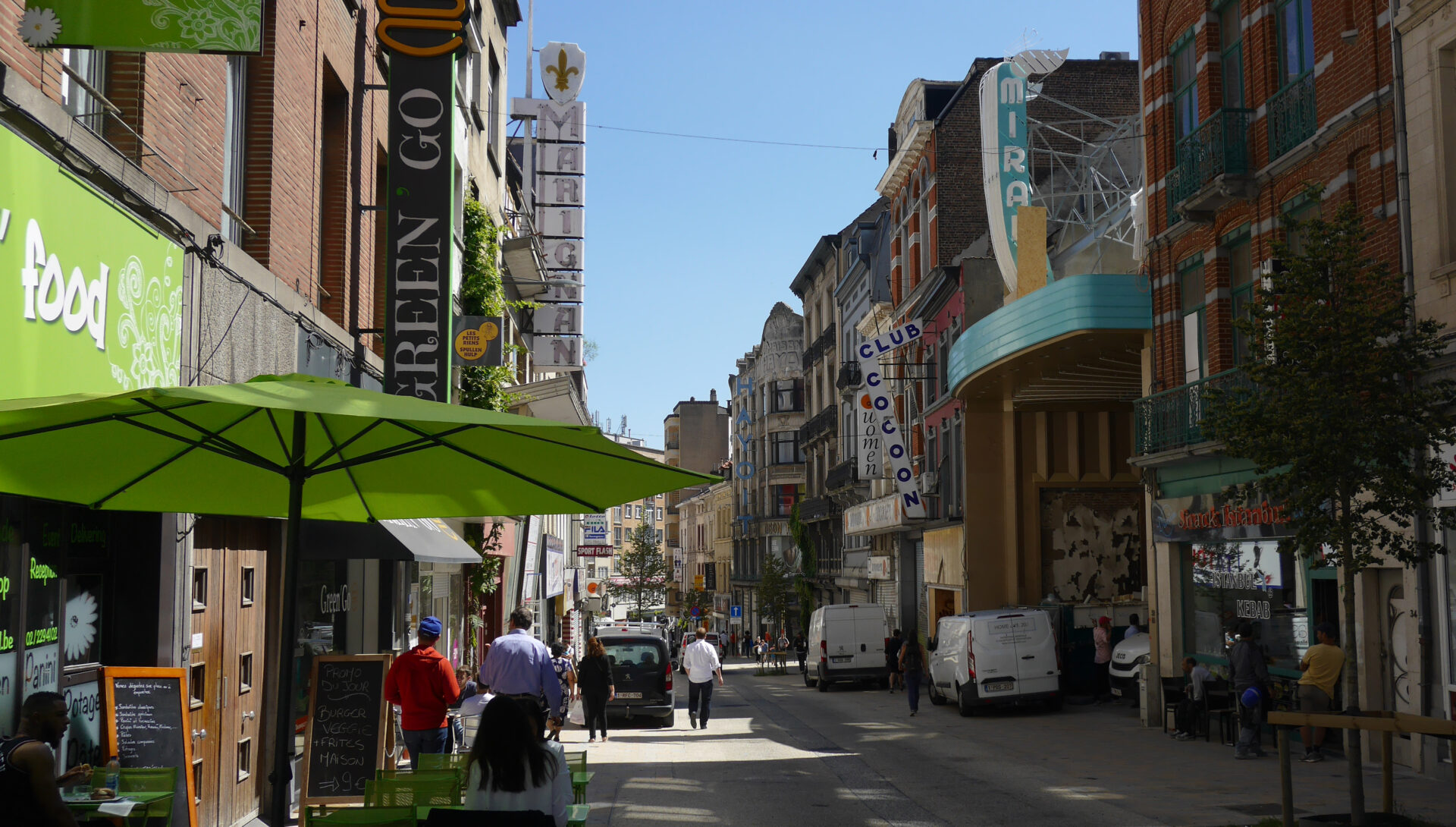People living in a deprived neighbourhood are twice as likely to die before the age of 75, according to the Belgian Index of Multiple Deprivation (BIMD), a new measuring tool developed by the Sciensano national health institute and the UCLouvain.
Deprivation refers to the deficiency or absence of something essential for healthy and normal development and functioning. It can manifest in a shortage of certain goods, services or resources, for example, but also on a social level, with a lack of social interaction and connection with others, or the consequences of (not) belonging to a certain group.
Education, occupation and income are often used as indicators to measure socio-economic deprivation. They are easy to measure, but they also have some limitations: they offer a rather limited perspective, while socio-economic deprivation is a complex interplay of different aspects.
"Through a specific scientific method, the BIMD combines the six main areas of deprivation: education, employment, income, housing, crime and health," explained Martina Otavova, demographer at UCLouvain, in a press release.
Studying inequality
"We measure the situation in each domain based on indicators that refer to unmet material and social needs," she said. "To do this, we only use sources with data on the entire population, such as the Belgian census, so that we can show the situation for every place in our country."

Chaussee de Louvain in Saint-Josse-ten-Noode (Brussels). Credit: Belga
In concrete terms, a BIMD score is calculated for each statistical sector, the smallest administrative level in Belgium. Afterwards, the statistical sectors are ranked from most to least disadvantaged.
"Our results show that in 2011, the most recent year for which the BIMD could be calculated, the municipalities of Saint-Josse-Ten-Noode, Charleroi and Colfontaine had the highest percentage of deprived areas," Otavova said. "In contrast, the municipalities of Holsbeek, Hove and Aartselaar topped the list as the least disadvantaged Belgian municipalities."
The BIMD offers researchers and policymakers a new instrument to study inequalities in Belgium. By linking the level of deprivation to health data, they can use the instrument to examine the link between deprivation and death or disease across the country, for example.
"In the calculations we did with the BIMD 2011 as a background, we saw, for example, that those who live in the most deprived areas were twice as likely to die prematurely (= before the age of 75), compared to those in the least disadvantaged areas," said Sciensano epidemiologist Brecht Devleesschauwer.
The intention is to update the BIMD every year and use it to monitor health inequalities in Belgium.

